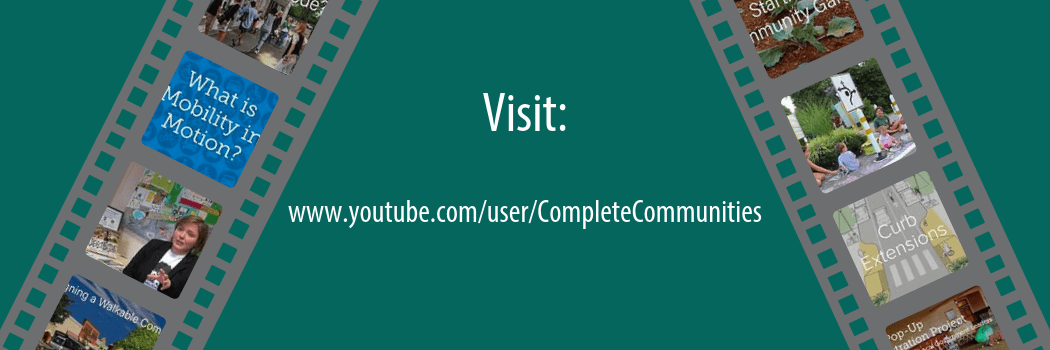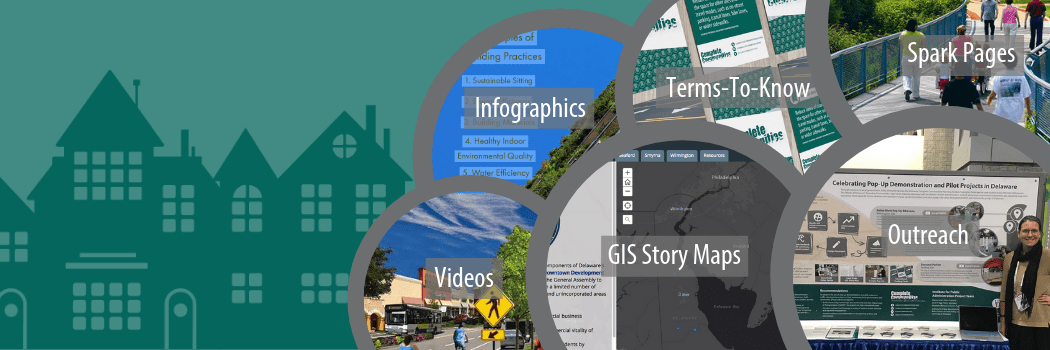
by allyem | Jul 11, 2019 | News, Toolbox
Explore the Complete Communities YouTube Channel for visually engaging tools to help you plan for communities that are attractive, inclusive, efficient, healthy, and resilient places. Check out our playlists for video series that feature interesting topics. Get to...

by allyem | Jun 19, 2019 | News
The Delaware Complete Communities Planning Toolbox project strives to provide local government officials, planning commission members, and “citizen planners” with the tools they need to create communities that are accessible, economically vibrant, healthy,...
by Sarah Marshall Pragg | Jan 24, 2018 | News
Happy Wednesday! We’re trying out a new effort here on the Delaware Complete Communities Planning toolbox. Check in every two week for a round-up of new content added the toolbox, or discovered out in the interwebs, collected here just for you. New this week...
by Sarah Marshall Pragg | Mar 10, 2017 | News, Toolbox
IPA Policy Scientist Marcia Scott and Public Administration fellow Savannah Edwards (MPA ’17) presented a poster at the 96th Annual Meeting of the Transportation Research Board (TRB) in Washington, D.C. on January 9 and 10, 2017. TRB Session 697, “Current Issues in...
by Sarah Marshall Pragg | Mar 10, 2017 | News, Toolbox
Delaware’s municipalities are increasingly being asked to focus much of their attention on the state’s expected new growth and development. Municipalities must make difficult decisions that can have long-lasting impacts on the community’s character, economy, and...




